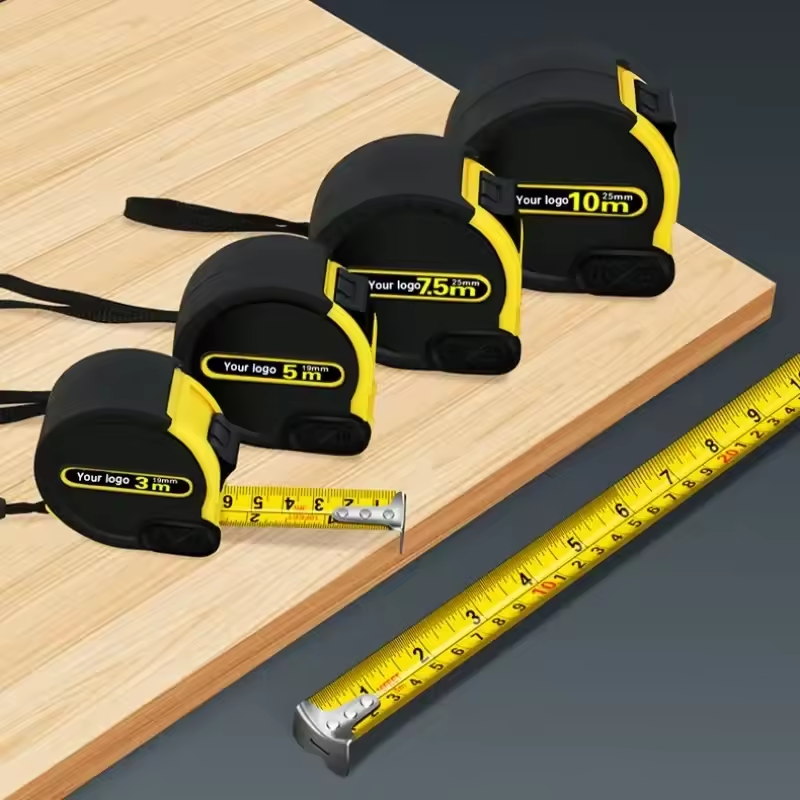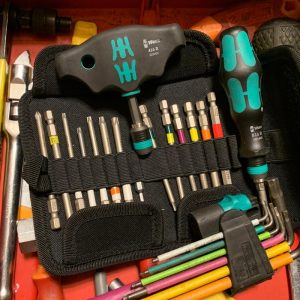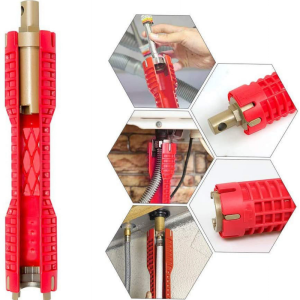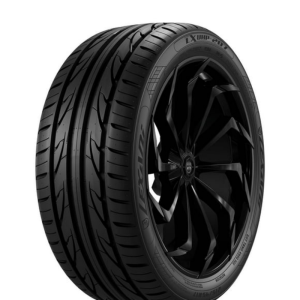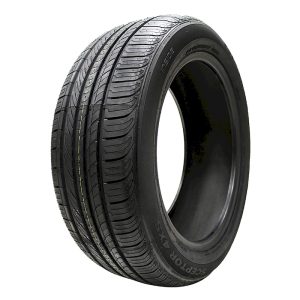
Your motorcycle tires are the sole connection between you and the asphalt jungle. They play a vital role in ensuring a smooth, safe, and enjoyable ride. Maintaining proper tire care is paramount for motorcycle safety, and that includes knowing how to check your motorcycle tires regularly.
This comprehensive guide will equip you with the knowledge and techniques to effectively inspect your motorcycle tires, maximize their lifespan, and prioritize your safety on every ride.
Understanding Tire Tread Depth
Tread depth is a crucial indicator of your tire’s remaining life and its ability to provide optimal grip. Worn-out tires with insufficient tread depth compromise traction, especially in wet conditions. Here’s how to check your motorcycle tire tread depth:

-
Tread Wear Indicators (TWI): Most motorcycle tires feature built-in tread wear indicators (TWI) – small raised rubber bars within the tread grooves. When the tire tread wears down to the level of these bars, it signifies it’s time for a replacement.
-
Tire Depth Gauge: For a more precise measurement, invest in a tire depth gauge. It’s a readily available and inexpensive tool at motorcycle shops or online retailers. To use it, simply insert the probe of the gauge into the tread groove and take a reading.
-
The Penny Test: In a pinch, you can utilize the classic “penny test.” Insert a Lincoln penny head-first into the tread groove. If the top of Abraham Lincoln’s head is visible, your tread depth is likely below the recommended minimum (around 1/32 inch or 1 millimeter) and necessitates a tire change.
Regularly check your tire tread depth at multiple locations across the tire surface, not just the center. Uneven wear patterns can indicate alignment issues or riding habits that require attention.
Inspecting for Cuts, Cracks, and Damage
Beyond tread depth, a thorough inspection involves scrutinizing your tires for any signs of damage that could compromise their integrity. Here’s what to look for:
-
Cuts and Punctures: Sharp objects like road debris can puncture or slice your tires. Look for any visible gashes, tears, or foreign objects embedded in the tread.
-
Sidewall Damage: The sidewalls are susceptible to damage from curbs, potholes, or improper tire pressure. Carefully examine the sidewalls for bulges, cracks, or signs of scraping.
-
Dry Rot and Weathering: Over time, exposure to sunlight and extreme temperatures can cause the tire rubber to dry out and crack. This can lead to blowouts and significantly weakens the tire’s structure.
Don’t ignore any signs of tire damage, no matter how minor they may seem. A small cut can quickly escalate into a major blowout at highway speeds. If you detect any damage, consult a qualified motorcycle mechanic to assess the extent of the issue and determine if a repair or replacement is necessary.
Checking Tire Pressure
Maintaining proper tire pressure is essential for optimal handling, tire wear, and fuel efficiency. Here’s how to ensure your motorcycle tires are inflated to the recommended pressure:

-
Consult your owner’s manual: Every motorcycle has a designated tire pressure specification, usually indicated in PSI (pounds per square inch) on a sticker located near the swingarm or inside the fuel door.
-
Tire Pressure Gauge: A reliable tire pressure gauge is an indispensable tool for any motorcycle rider. These are available in digital or analog formats and can be purchased at most motorcycle shops or online retailers.
Steps to Check Tire Pressure:
- Cold Tires: It’s crucial to check tire pressure when the tires are cold, meaning they haven’t been ridden for at least three hours. This ensures an accurate reading, as tire pressure naturally increases with riding due to heat generation.
- Remove the Valve Cap: Unscrew the valve cap from the tire valve stem.
- Attach the Pressure Gauge: Press the nozzle of the pressure gauge firmly onto the tire valve stem to form a secure seal. You’ll hear a hissing sound as air escapes momentarily.
- Record the Reading: Take note of the pressure reading on the gauge. Repeat this process for both the front and rear tires.
- Inflate or Deflate: If the pressure is below the recommended level, inflate the tire using an air pump until it reaches the specified PSI. Conversely, if the pressure is too high, slowly release air by pressing the gauge’s purge button until the desired pressure is achieved.
- Replace the Valve Cap: Once you’ve achieved the correct pressure, screw the valve cap back onto the valve stem to prevent dirt and debris from entering.
Visual Inspection of Tires and Wheels
A comprehensive tire check goes beyond just the rubber itself. Here’s what to include in your visual inspection:
-
Valve Stems: The valve stem, where you inflate the tire, should be free of cracks, rust, or any signs of bending. Leaks around the valve stem can cause gradual deflation.
-
Spokes (For Spoke Wheels): If your motorcycle has spoke wheels, meticulously inspect each spoke for any signs of looseness, cracks, or bends. Loose or damaged spokes can compromise wheel alignment and stability.
-
Rims: The rims, the metallic rings that hold the tire, should also be examined for any bends, cracks, or signs of corrosion. Deformed rims can affect tire bead seal and overall wheel integrity.
Uneven Tire Wear: While checking your tires visually, pay attention to the overall wear pattern. Here’s what different wear patterns can indicate:
-
Center Wear: Excessive wear concentrated in the center of the tire tread suggests overinflation. This can reduce grip and lead to a quicker tire replacement.
-
Edge Wear: Predominant wear on the edges of the tread signifies underinflation. Underinflated tires not only decrease handling performance but can also lead to overheating and potential blowouts.
-
Cupping or Scalloped Wear: An uneven, scalloped wear pattern across the tread indicates suspension issues or improper wheel alignment. This uneven wear can significantly shorten the lifespan of your tires.
Addressing Uneven Tire Wear: If you notice any uneven wear patterns, consult a motorcycle mechanic to diagnose the underlying cause. It could be a suspension problem, wheel alignment issue, or your riding style. Addressing the root cause will prevent premature tire wear and ensure optimal performance.
Importance of Tire Age
While tread depth and visible damage are crucial factors, tire age also plays a role in its safety and performance. Over time, the rubber compounds in motorcycle tires degrade due to exposure to sunlight, heat, and ozone. This can lead to reduced grip, cracking, and increased risk of blowouts.

Tire Age Recommendations:
-
Most manufacturers recommend replacing motorcycle tires after 5-7 years, regardless of tread depth. This is because the rubber compounds degrade even if the tread appears sufficient.
-
Check the DOT code: The DOT (Department of Transportation) code on the sidewall of your tire indicates the date of manufacture. The last four digits represent the week and year the tire was produced. For example, a DOT code ending in 3223 signifies the tire was manufactured in the 32nd week of 2023.
Don’t wait until your tires are completely worn out to replace them. Consider replacing them when they reach the recommended age, even if they seem to have some tread life remaining.
Choosing the Right Replacement Tires
When it’s time to replace your motorcycle tires, selecting the appropriate replacements is crucial. Here are some factors to consider:
-
Riding Style: Different riding styles demand different tire characteristics. Sportbike riders prioritize grip and handling, while touring riders may value durability and mileage. Consider your primary riding style when choosing replacement tires.
-
Weather Conditions: If you frequently ride in wet weather, invest in tires designed for superior wet-weather performance. These tires feature deeper tread grooves and a softer rubber compound for optimal traction on wet roads.
-
Load Capacity: Consider the weight you typically carry on your motorcycle, including yourself, passenger, and luggage. Choose tires with a load capacity that can safely handle the weight you expect to carry.
Consult a trusted motorcycle shop or mechanic for recommendations on replacement tires that best suit your motorcycle, riding style, and typical riding conditions.
Benefits of Regular Tire Maintenance
Regular motorcycle tire maintenance offers a multitude of benefits:
-
Enhanced Safety: Properly maintained tires provide superior grip and handling, reducing the risk of accidents, especially in challenging weather conditions.
-
Extended Tire Life: By addressing minor issues like uneven wear or incorrect inflation promptly, you can significantly extend the lifespan of your tires, saving you money on replacements in the long run.
-
Improved Fuel Efficiency: Underinflated tires create more rolling resistance, which reduces fuel efficiency. Maintaining proper tire pressure ensures optimal fuel economy.
-
Confidence on the Road: Knowing your tires are in top condition fosters a sense of confidence and peace of mind while riding, allowing you to focus on enjoying the journey.
Remember, your tires are the only point of contact between your motorcycle and the road. Taking the time to perform regular inspections and maintenance is an investment in your safety and overall riding experience.
